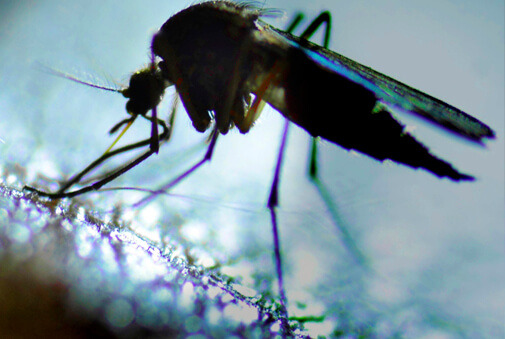But before you spring your cat from the comforts of home, or let your dog run amok in mud puddles, ensure your furry family member is ready for warm weather fun with this handy checklist.
1. Start flea and tick prevention
Parasites are probably the biggest concern pet owners have during the warmer seasons. If your dog or cat isn’t on a year-round regimen of flea and tick medication, start it up a few weeks before spring arrives. Always check with your veterinarian, of course.
2. Start heartworm medication
Heartworms can cause serious issues, just like fleas and ticks. Year-round heartworm preventative care is recommended because treating the condition once it has started can be very costly. Visit your veterinarian and start your furry pal on medication or a preventative care routine.
3. Make sure vaccinations are up to date
While you’re at the veterinarian preparing your dog or cat for parasite battle, make sure his or her vaccines are current. Warmer weather means more social contact and trips to the park, which increases your dog’s risk of contagious diseases like Corona, Bordatella or DHLPP (distemper, hepatitis, leptospirosis bacteria, parainfluenza, and parvovirus). It’s a good idea to make a copy of your pet’s vaccination history and schedule from your veterinarian’s records.
4. Watch for seasonal allergies
If your furry pals are constantly itching, have red, irritated skin from hives and rashes, can’t stop licking themselves and rubbing their faces, or are losing hair, they may be showing signs of an allergic reaction.
Like humans, cats and dogs can be sensitive to grass and pollen spores. To help prevent outbreaks, monitor the pollen count in your area and once your cat or dog comes in from outside, wipe their paws well with a cool towel.
When spring is in bloom, there are other allergens and toxins that could affect your dog or cat. Check out some of the more poisonous plants to watch for as your buddy explores the great outdoors.
5. Don’t spring into the season
After a winter cooped up inside, it may be hard to contain your and your pet’s excitement to get outside. Ease into the season, however. Dogs don’t often know their own limits and can become overly exhausted quickly. Heat stroke is also a danger, especially in the first weeks of warm weather when your furry family member isn’t used to higher temperatures yet.
For the first few weeks, take shorter walks. If your dog is chomping at the bit you can always go out more frequently. Before you know it, he’ll be in shape for warmer weather activities and welcome summer with open paws.





